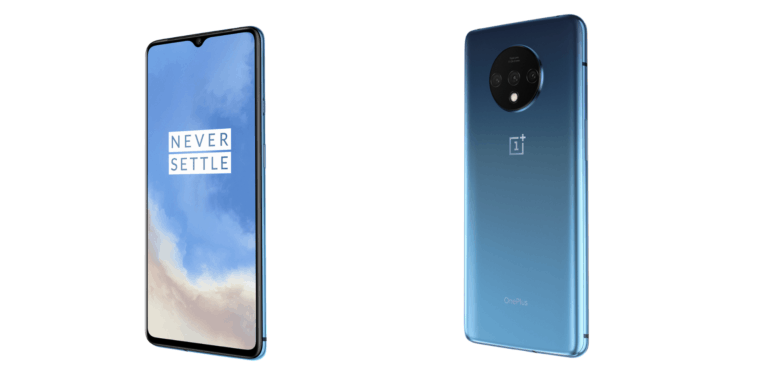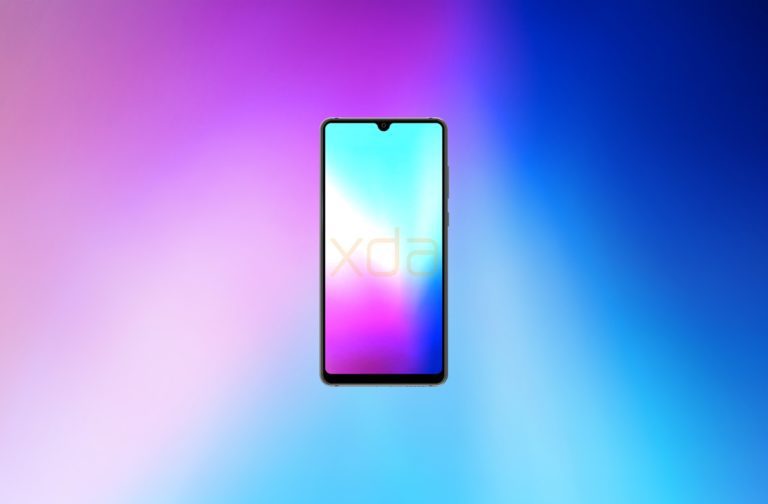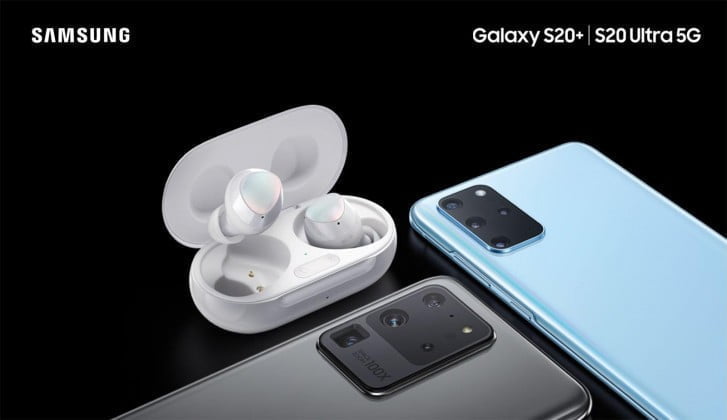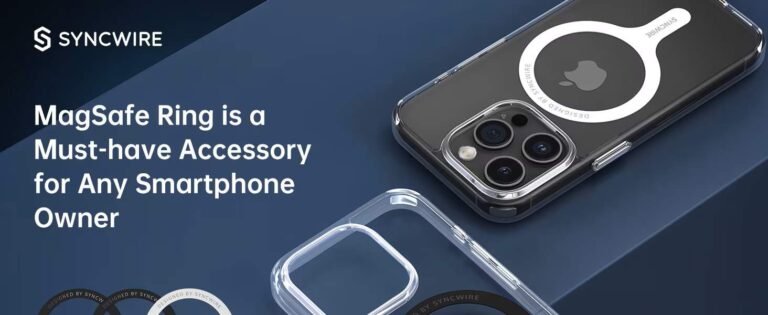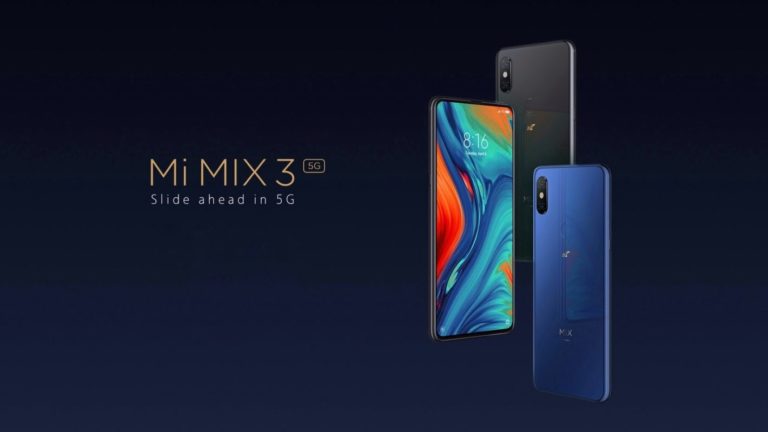Any links to online stores should be assumed to be affiliates. The company or PR agency provides all or most review samples. They have no control over my content, and I provide my honest opinion.
Garmin launched its first watches with native running power support just a few days ago, but these watches require one of the proprietary Garmin accessories to gain access to it. Yesterday, Apple one-upped them and introduced native running power to the new watchOS 9 as well as a bunch of other new fitness and health focussed features.
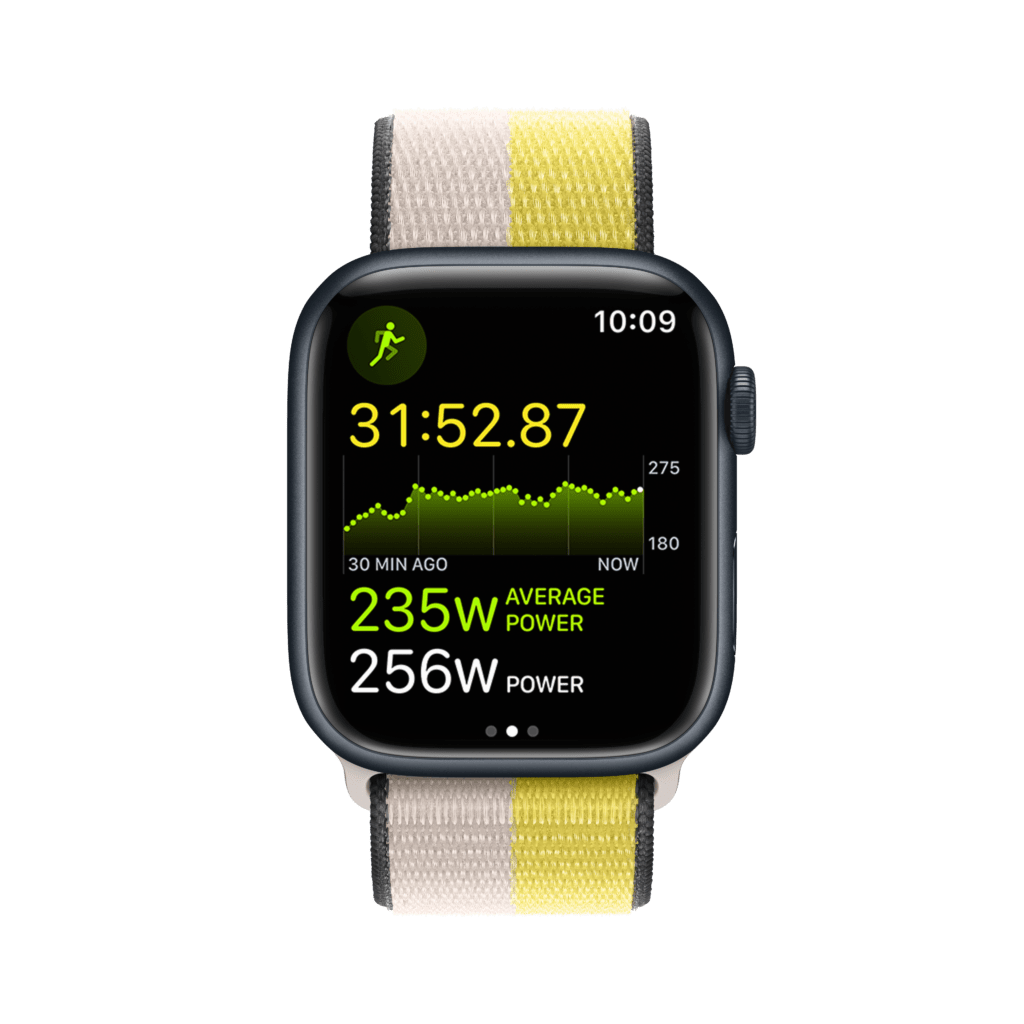
I am not particularly an Apple fan and don’t use their products, but this looks like Apple is really upping the ante against established sports focussed companies, primarily Garmin.
Running power isn’t the only thing announced, but it makes a good example. Garmin has been rumoured to be working on native running power for a long time now. It was disappointing a few days ago when it was revealed that you would need a Garmin HRM or footpod to get power. COROS and Polar already have natively from the watch, and now Apple joins them. It just looks a bit embarrassing for Garmin.
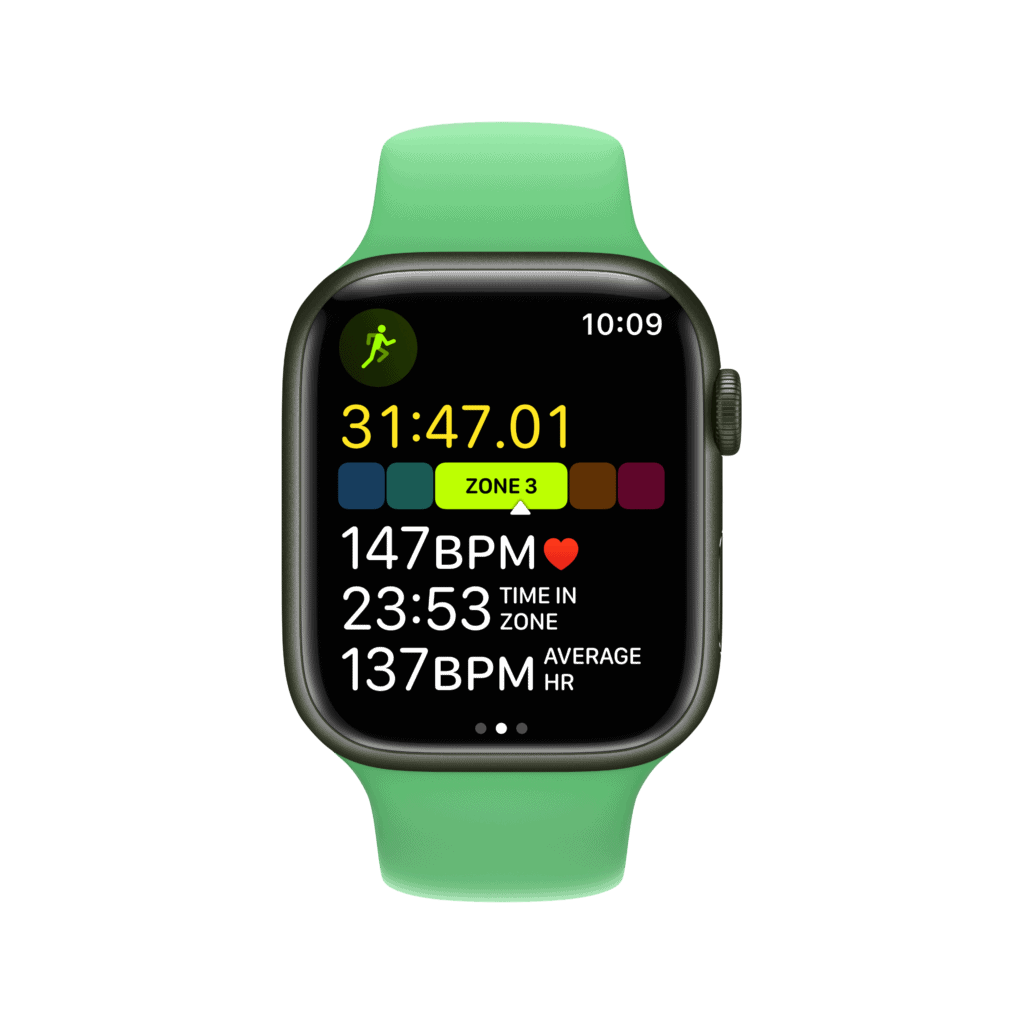
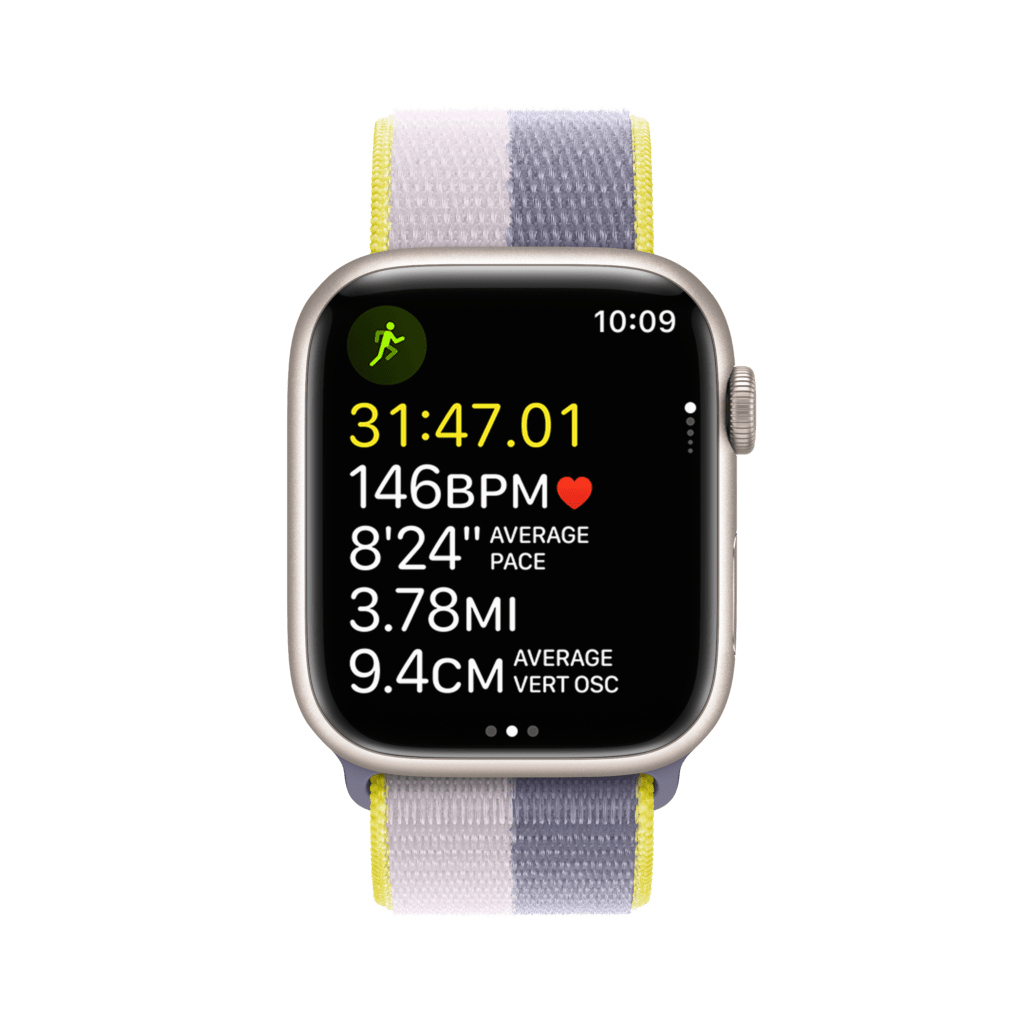
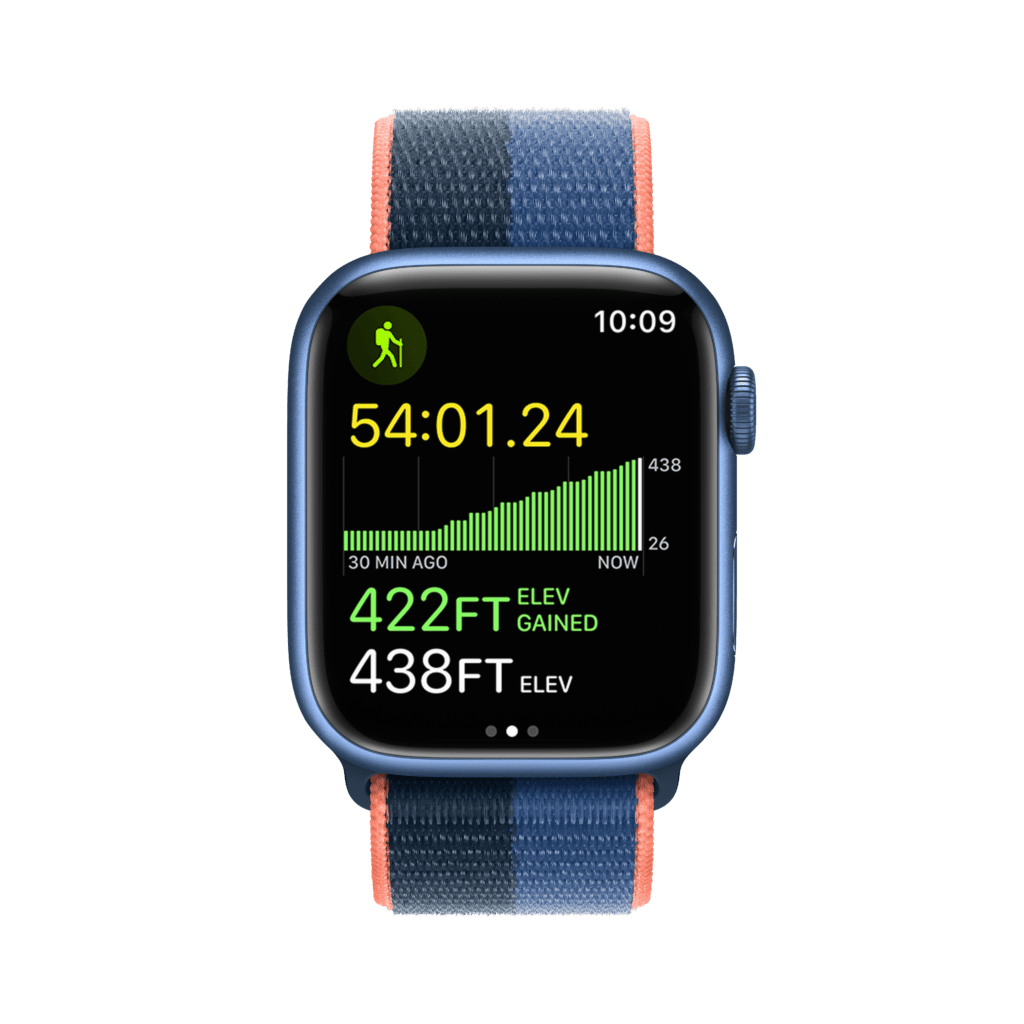
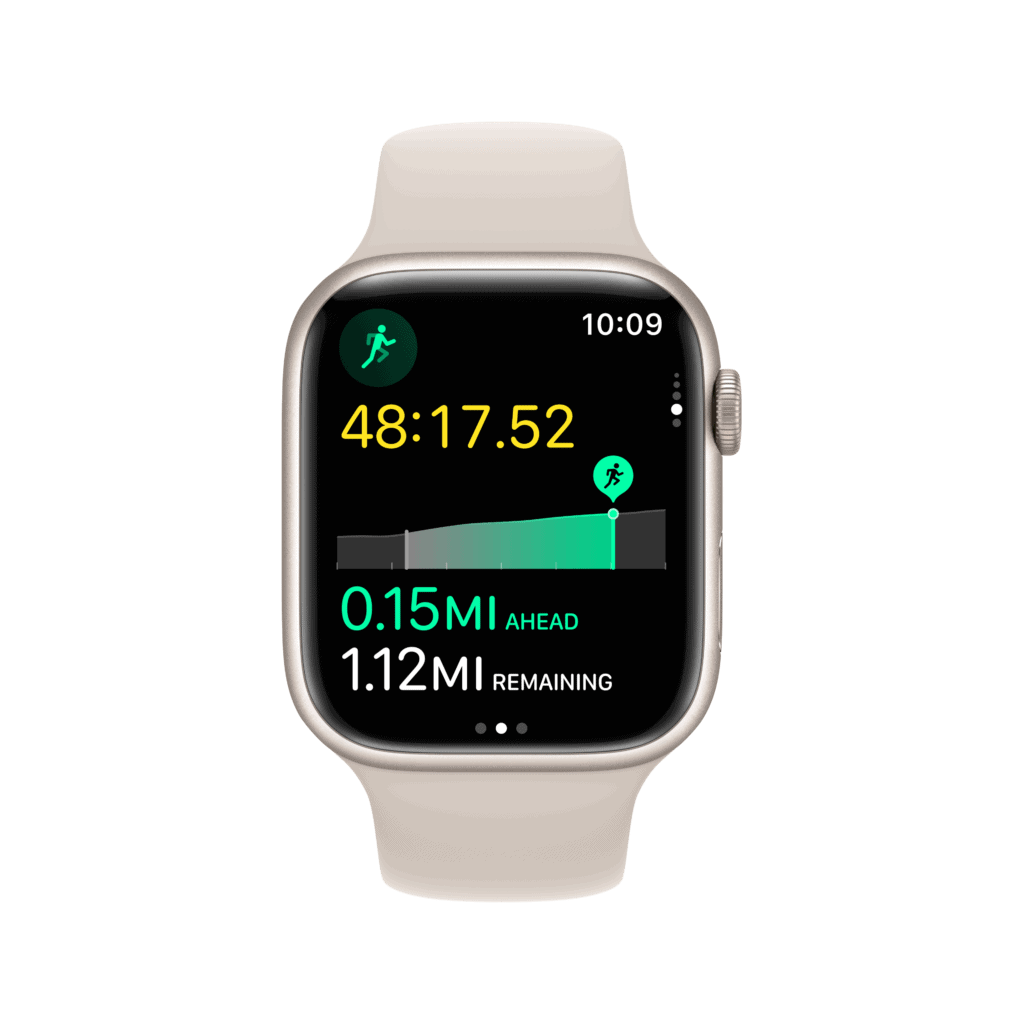
As well as running power, Apple has announced a lot of new health and fitness features, including:
- Triathlete mode allows you to automatically transition from swim to bike to run.
- Running form metrics including: Vertical Oscillation, Stride Length, and Ground Contact Time.
- You can now see heart rate zones during a workout.
- You can now create new custom workouts, including repeats based on distance or time intervals
- Alerts for heart rate zones, cadence, and other metrics
- Redesigned data pages that show more data
- Users can choose to race against their best or last result on frequently used routes and receive alerts during the workout for being ahead or behind their pace, as well as when going off route.
- A new pacer experience lets users choose a distance and goal for the time in which they want to complete a run and calculates the pace required to achieve the goal.
- Swimming enhancements to detect a kickboard, and swimmers can now track their efficiency with a SWOLF score
- Introduction of Apple Fitness+ Workouts which is the first fitness and wellness service built around the Apple Watch.
Unfortunately, while the Apple Watch will support running power, it does not support cycling power, which is perhaps more popular with serious athletes than running power.
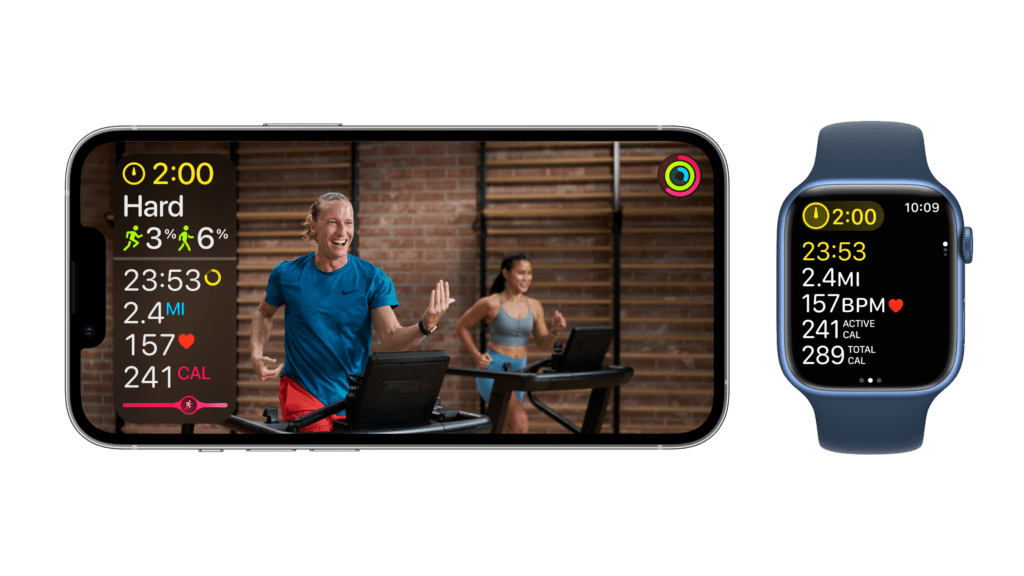
For health, they have improved:
- Sleep tracking provides even more insights with the introduction of sleep stages. Using signals from the accelerometer and heart rate sensor, Apple Watch can detect when users are in REM, Core, or Deep sleep.
- The ECG app already identified potential signs of atrial fibrillation (AFib), but now, if you have been diagnosed with it you can enable the history feature which will provide an estimate of how frequently a user’s heart rhythm shows signs of AFib, providing deeper insights into their condition.
- A new medications function which will allow you to manage and track medications, vitamins, and supplements
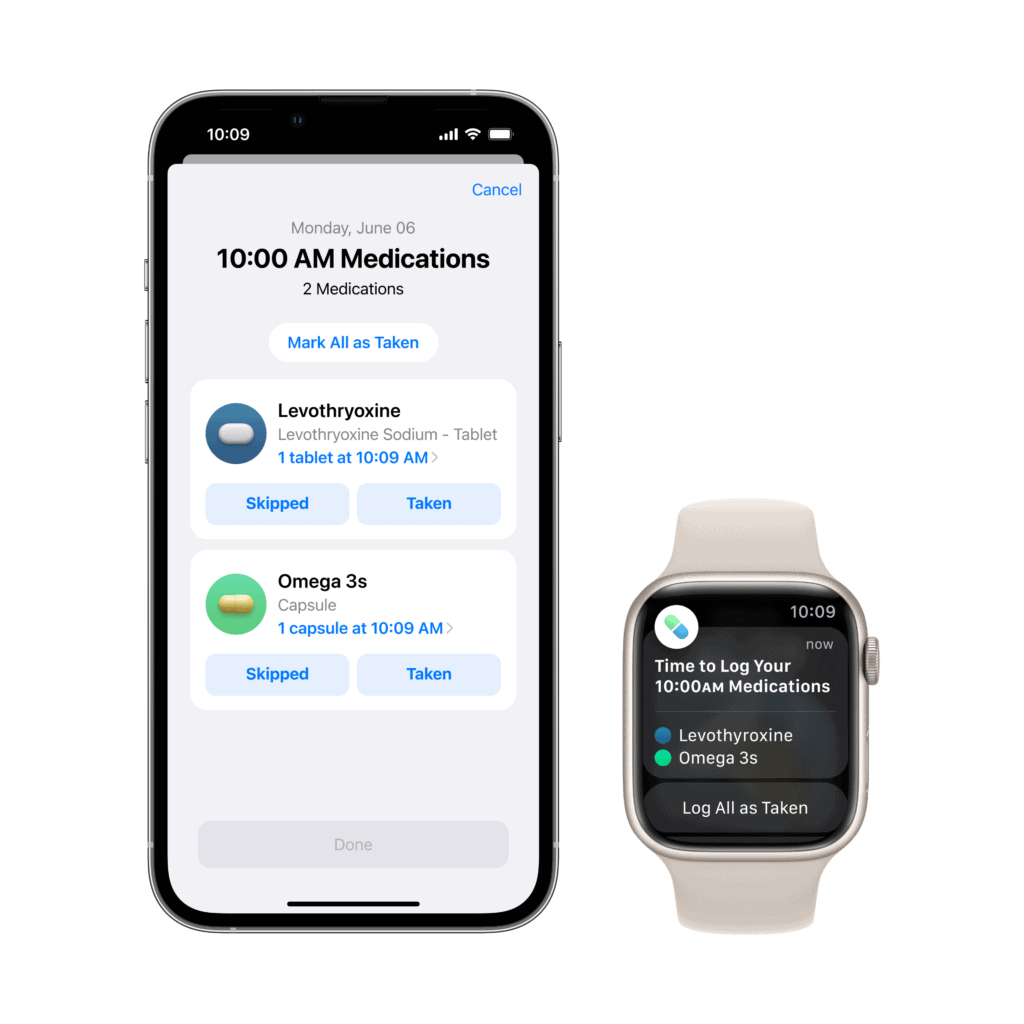
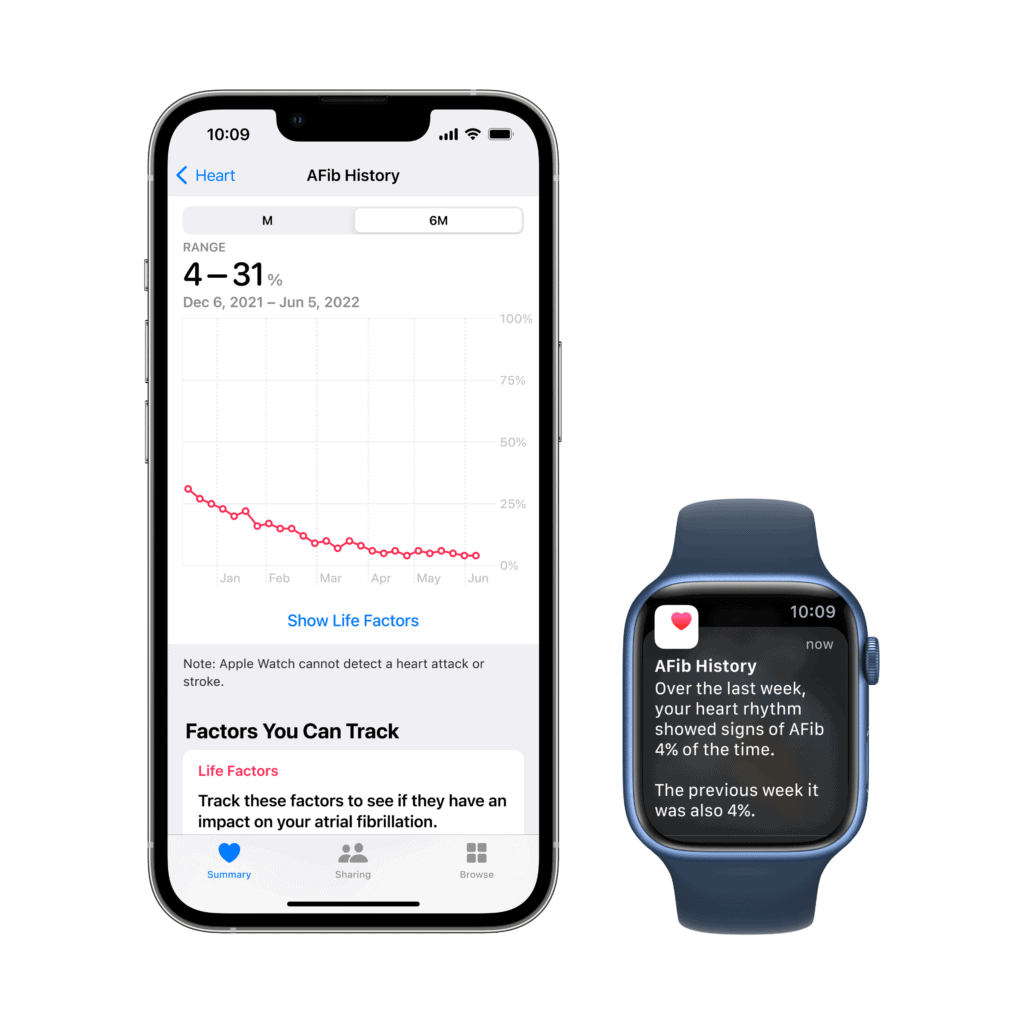
Overall
I am never going to say that the Apple Watch is a better sports what than a Forerunner 955 or Fenix 7. Primarily because the battery life will never be acceptable for endurance events or things like day-long hikes.
However, for people committed to the Apple ecosystem, it seems like there are fewer reasons to opt for a Garmin. Some people will even have an Apple Watch for day to day use and a Garmin for sports and in this scenario, there is even less need for a Garmin now.
I am James, a UK-based tech enthusiast and the Editor and Owner of Mighty Gadget, which I’ve proudly run since 2007. Passionate about all things technology, my expertise spans from computers and networking to mobile, wearables, and smart home devices.
As a fitness fanatic who loves running and cycling, I also have a keen interest in fitness-related technology, and I take every opportunity to cover this niche on my blog. My diverse interests allow me to bring a unique perspective to tech blogging, merging lifestyle, fitness, and the latest tech trends.
In my academic pursuits, I earned a BSc in Information Systems Design from UCLAN, before advancing my learning with a Master’s Degree in Computing. This advanced study also included Cisco CCNA accreditation, further demonstrating my commitment to understanding and staying ahead of the technology curve.
I’m proud to share that Vuelio has consistently ranked Mighty Gadget as one of the top technology blogs in the UK. With my dedication to technology and drive to share my insights, I aim to continue providing my readers with engaging and informative content.


